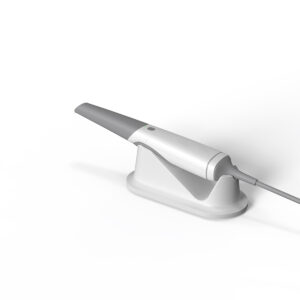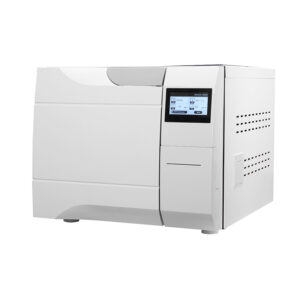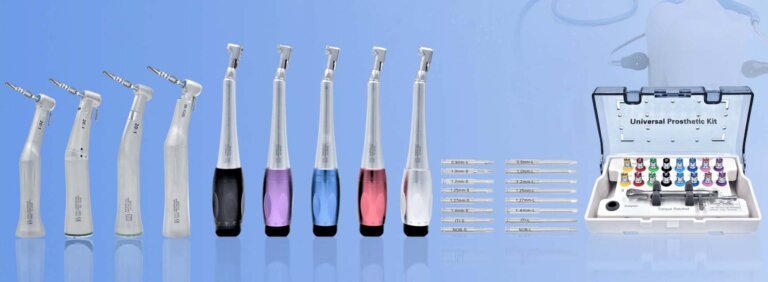In modern dental practices, infection control and patient safety are non-negotiable priorities. While advanced tools like portable dental X-ray machines streamline diagnostics, questions about portable dental X-ray machine radiation exposure and their overall safety often arise. Simultaneously, dental autoclaves—those high-pressure sterilizers humming in the back office—play a critical role in ensuring instruments stay pathogen-free.
If you’ve ever wondered how clinics keep their tools perfectly sterile—or whether that handheld X-ray device your dentist uses is truly as safe as they claim—you’re not alone. In this piece, we’ll break down the science behind autoclaves (think steam, pressure, and zero-tolerance for germs) and dive into two hot-button questions practitioners debate daily:
“What’s the real risk level of portable dental X-ray machine radiation exposure?”
Why do we need to take dental X-rays when we see a dentist?
Dental X-rays are also called dental films. They are an important means of diagnosis and treatment of dental diseases. Dentists use them to determine the degree and range of lesions before treatment. They guide the procedure by assessing the treatment’s range and depth. After treatment, dentists evaluate the efficacy. Through dental films, dentists can understand how large the range of tooth decay is, whether toothache is caused by inflammation of the dental pulp nerve or apical inflammation or periodontal inflammation, whether the conditions for dentures are sufficient, the amount of bone required for dental implants, developmental deformities, certain tumors, etc. In addition, dental films provide a good basis for communication between doctors and patients. Therefore, dental films are necessary during the diagnosis and treatment process.
Types of dental x-ray machines
Intraoral X-ray Machine, Extraoral X-ray Machine, Cone Beam Computed Tomography (CBCT), Portable Dental X-ray Machine
How much radiation is emitted from dental radiographs?
According to the current recommendations of the International Commission on Radiological Protection, the radiation limit for the general public is no more than 5 millisieverts (mSv) = (5000 microsieverts (μSv)) per person per year.
The radiation dose for a dental radiograph is about 5 microsieverts. The radiation dose for a chest radiograph is about 20 microsieverts. The annual radiation dose limit for radiation workers is 50 millisieverts.
There is currently no clinical evidence that diagnostic X-rays will definitely cause physical damage.
ESCO portable dental x ray machine radiation exposure

ESCO’s cutting-edge design directly addresses concerns about portable dental X-ray machine radiation exposure by incorporating 5 layers of nano-radiation leakage control technology. This innovation ensures zero detectable radiation exposure within the operator’s compartment, even during high-frequency use. With an annual radiation dose capped at 438mSv (calculated at 20 scans/day × 365 days), ESCO’s system not only meets but exceeds global safety benchmarks. For context, this dosage remains far below the International Commission on Radiological Protection’s (ICRP) annual occupational limit of 50mSv, demonstrating how modern engineering mitigates portable dental X-ray machine radiation exposure risks while maintaining diagnostic efficiency.
Is the radiation hazard of dental radiographs serious?
Each of us lives in nature and constantly encounters radiation. Even if you sleep with others, you receive about 0.05 microsieverts of radiation from their bodies. Even if you like to be alone, the annual radiation dose of potassium in your body is about 390 microsieverts.
Usually, a person receives about 4 millisieverts of radiation per year, which is a very small dose and a safe dose. About 85% of the radiation comes from nature, and only about 15% of the remaining radiation is medical examination.
For example, if you watch TV, even if you watch TV or use a color display, the annual radiation dose is about 1 microsievert. If you eat a banana casually, the radiation dose is about 0.1 microsievert. Spending a day in an area with above-average natural background radiation, such as the Qinghai-Tibet Plateau, gives you a radiation dose of about 1.2 microsieverts. Smoking two packs of cigarettes a day exposes you to radionuclides in tobacco. This radiation dose is equivalent to taking an X-ray chest film once a day.
Can pregnant women and children have dental films taken?

In some dental emergencies, pregnant women may have to take dental films before the baby is born. Untreated dental infections pose a potential threat to the fetus. Dentists usually schedule free time for dental treatment, so they do not recommend pregnant women take dental X-rays in the first three months of pregnancy, as the fetus is more sensitive than ordinary people. After three months, when pregnant women must undergo X-rays, they should wear protective clothing – lead clothes or a “lead rubber apron” around their abdomen to prevent radiation from harming pregnant women and fetuses. Under these conditions, the impact on the fetus is almost negligible. Experts emphasize that expectant mothers do not need to worry too much as long as they are not exposed to high-dose X-rays directed at the abdomen or nearby areas.
Dentists require children to wear lead coats or lead skirts when taking dental X-rays. Since children are in a period of rapid development, their bodies secrete sex hormones vigorously. As a result, their bone marrow is often active and tender, making them easily invaded by X-rays. Therefore, it is necessary to protect other parts of the body from scattering to zero.








